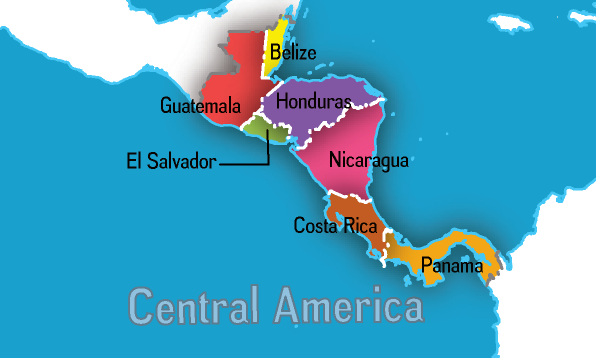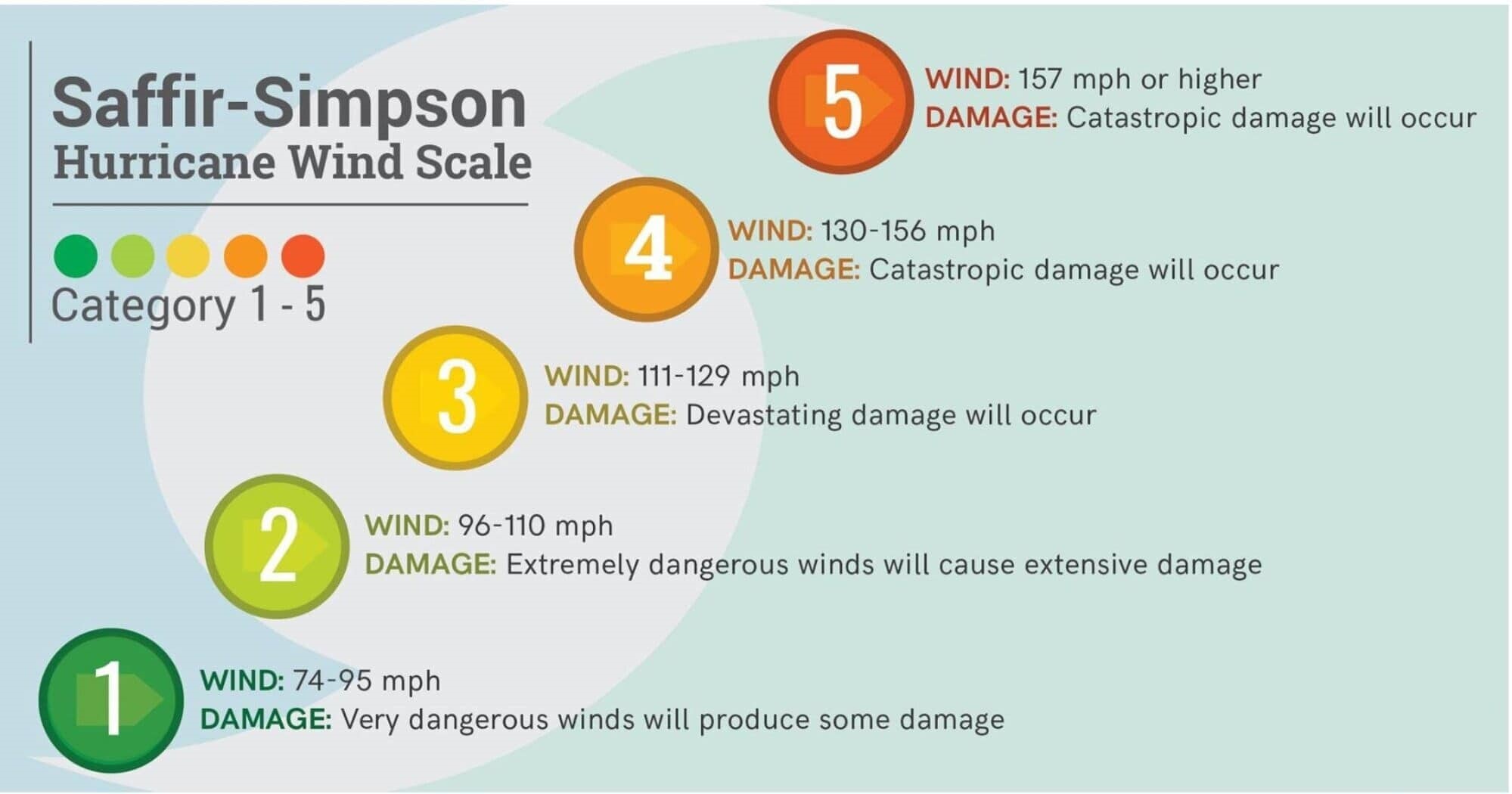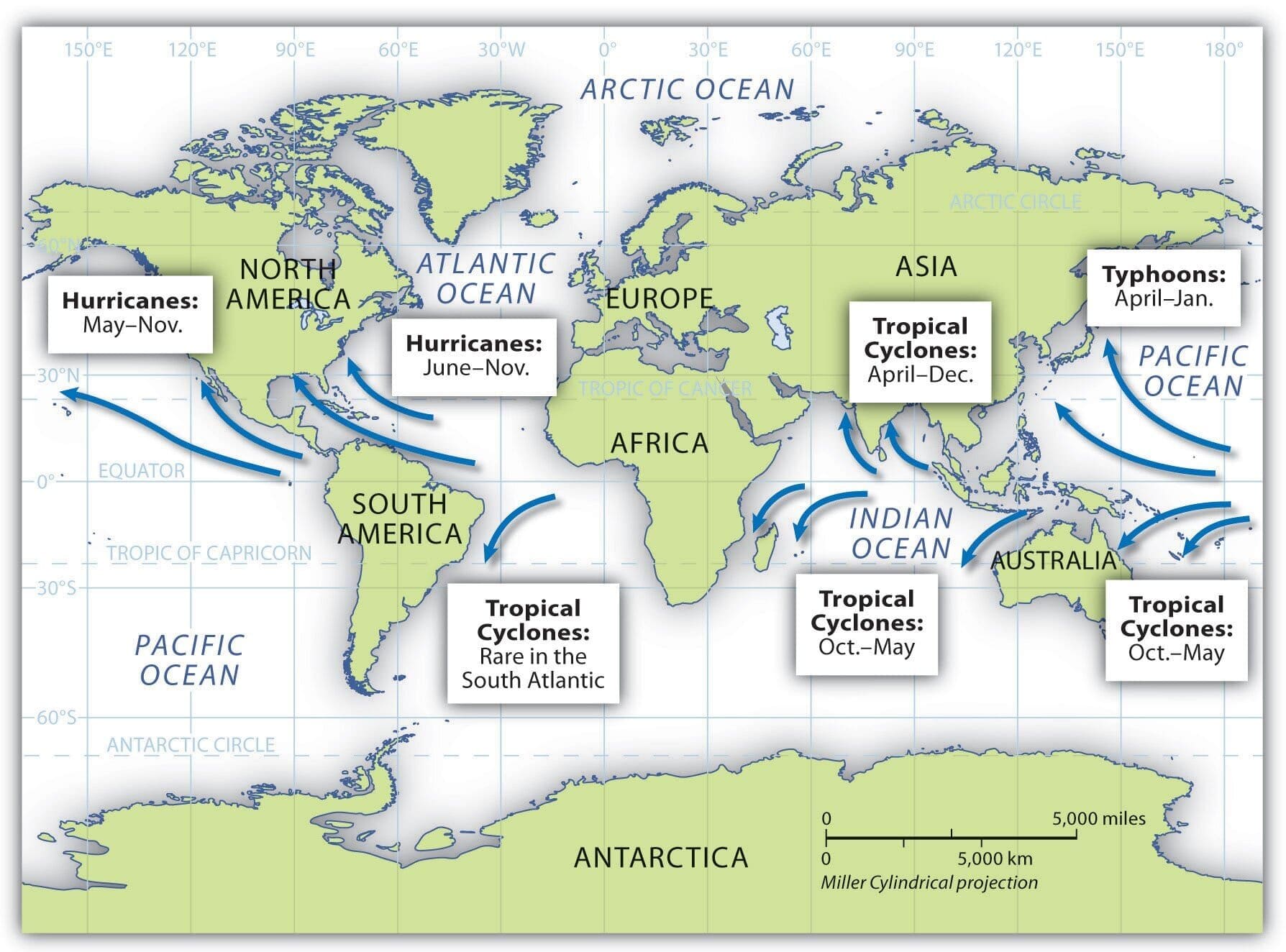Important Facts For Prelims
Hurricane Eta
- 05 Nov 2020
- 2 min read
Why in News
Recently, Hurricane Eta has hit northeastern Nicaragua with life-threatening storm surge, catastrophic winds and flash flooding occurring over portions of Central America.
Key Points
- Description: It is categorised as a Category 4 hurricane. A Category 4 storm has wind speeds between 130-156 mph and can uproot trees and bring down power lines.
Saffir-Simpson Hurricane Wind Scale
- Hurricanes are categorized on the Saffir-Simpson Hurricane Wind Scale, which rates them on a scale of 1 to 5 based on wind speed.
- Hurricanes that reach category three or higher are classified as major hurricanes.
- Origin: Tropical cyclones or hurricanes use warm, moist air as fuel, and therefore form over warm Equatorial water.
- Mechanism:
- Low-Pressure Creation: When the warm, moist air rises upward from the surface of the ocean, it creates an area of low air pressure below.
- When this happens, the air from the surrounding areas rushes to fill this place, eventually rising when it becomes warm and moist too.
- An eye forms in the centre. It is the calmest part of the cyclone. Before the wind reaches the centre it gets warmed up and rises upwards.
- When the warm air rises and cools off, the moisture forms clouds. This system of clouds and winds continues to grow and spin.
- This disturbance is fuelled by the ocean’s heat and the water that evaporates from its surface.
- Such storm systems rotate faster and faster. Storms that form towards the north of the equator rotate counterclockwise, while those that form to the south spin clockwise because of the rotation of the Earth.
- Low-Pressure Creation: When the warm, moist air rises upward from the surface of the ocean, it creates an area of low air pressure below.







